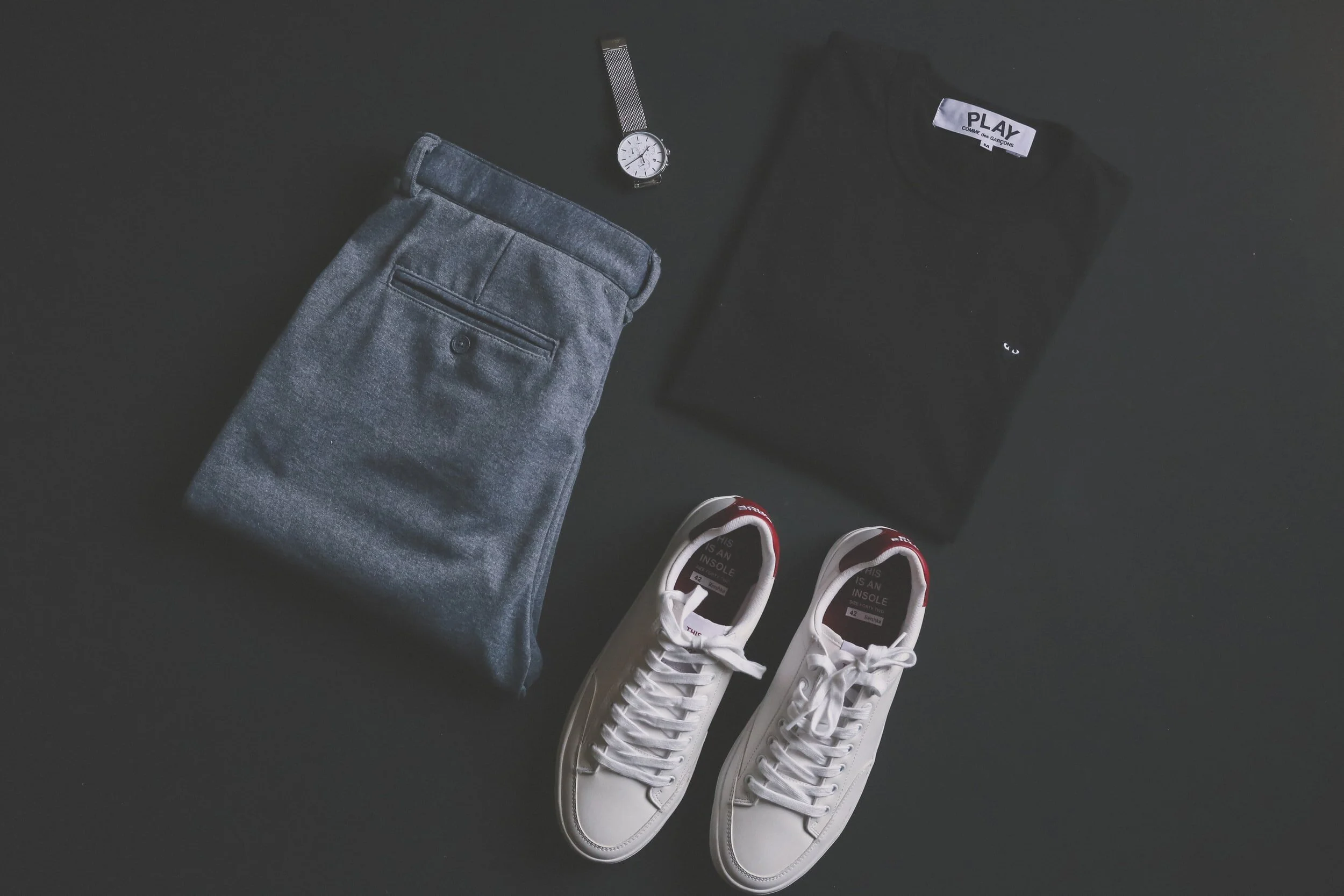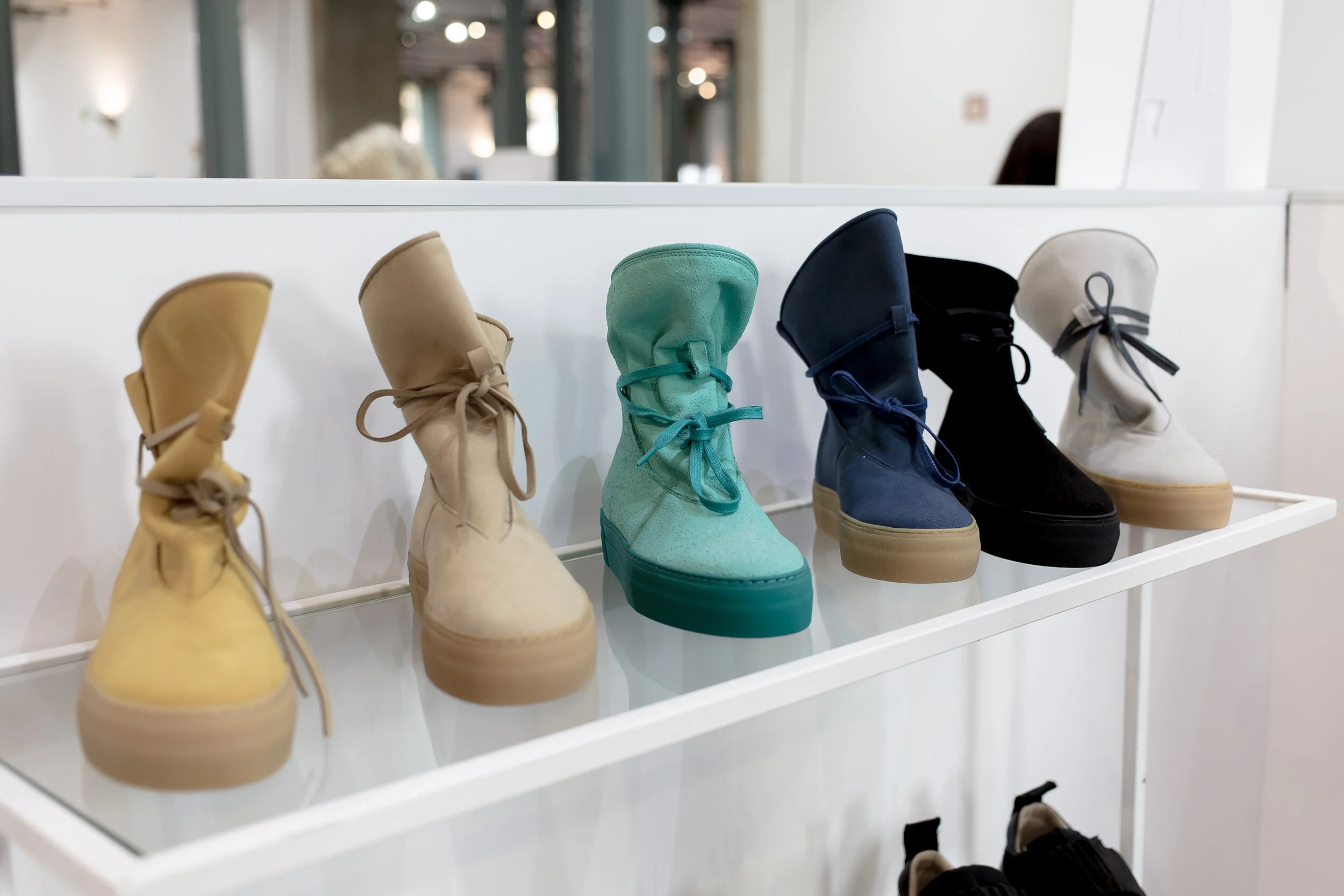Why #WhoMadeMyClothes Is Shifting to #IMadeMyClothes
PAGE Magazine
By Darcy Fowkes
The hashtag #WhoMadeMyClothes was introduced in 2014 by the Fashion Revolution, and became a recognizable global trend over the next four years. By 2018, according to Wikipedia, the hashtag received 99.6 million impressions on Twitter and 170 000 posts were shared on Twitter and Instagram containing at least one of Fashion Revolution's hashtags. Today the Fashion Revolution hosts country-specific hashtags all over the world, as well as member specific groups, and now hosts its own Fashion Revolution Week April 19th through the 21st.
Photo: @imadskhairiph
This hashtag successfully raised awareness about the humanitarian and ethical underpinnings of the Fast Fashion Industry. Garment workers themselves responded to the movement by participating with the hashtag #IMadeYourClothes, which has fueled another movement #IMadeYourFabric, all of which engages consumers with the struggles workers in this industry face on a daily basis. The likes of paid overtime, insurance, meal or water breaks, functional (let alone clean) bathrooms, and other benefits that most of us who are buying these clothes take for granted, are not services provided to these workers.
Other hashtags have followed: #InsideOut encouraged wearing your clothes with the label on the outside to show where your garment was made. Then came #Haulternative which encouraged people to shop (or swap) for used clothing over new. All of this global attention has successfully created a backlash of awareness that has gained momentum on the consumer as well as the supplier side.
The Fashion Revolution however, has aimed to create awareness rather than boycott Fast Fashion outright. Supply-chain workers have made it clear that a boycott can do them more harm than help, as the industry provides opportunities for people, especially women, to achieve financial independence in many countries. The point of the revolution is to bring about systemic change, which is best accomplished by working strategically and compassionately.
Photo: @cassellinc
And while our awareness of the struggles and challenges facing those who make our clothes will contribute to improvements the Fast Fashion industry so desperately needs to make, there will be a heavy price to pay to not only implement these changes, but to clean up the horrific pollution the industry has created. Regulation, safety, benefits and workers rights do not come without cost. These costs will eventually be tacked onto the price tags of the clothes you buy in the future.
My contribution to the industry is also too educate and create awareness, but from my tiny corner of the world, I hope to show by example that not only can I design and make my own clothes, others can as well. For over a decade I have practiced ‘Slow Fashion’ in my studio. Almost everything I design is from damaged or discarded fabric, or used clothing.
More importantly, the clothes I make are superior to the clothes I could buy. They feature the styles that are most flattering on my body type, and incorporate the fabric, colors, and prints that I love. And not only will they last me as long as I want them too, I have contributed to a circular economy by reusing and repurposing existing clothing. My alternative to Fast Fashion has been, and will continue to be, taking the reins of fashion into my own hands.
Perhaps it’s time to create a new hashtag #IMadeMyClothes, so that more people around the world can rise from the forgotten shadows of the home sewing industry.
Featured











The difference between a good result and a breathtaking one lies in the details